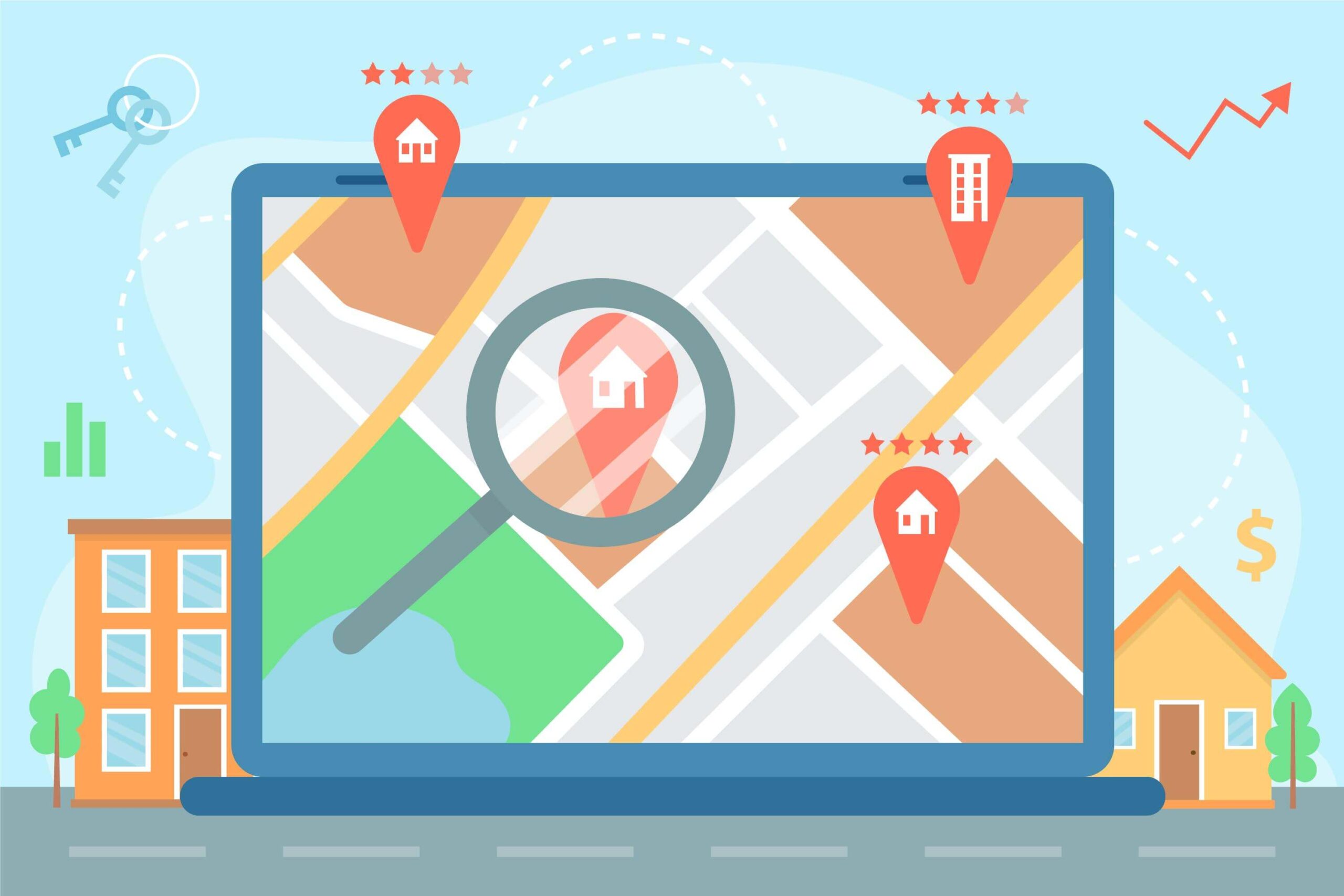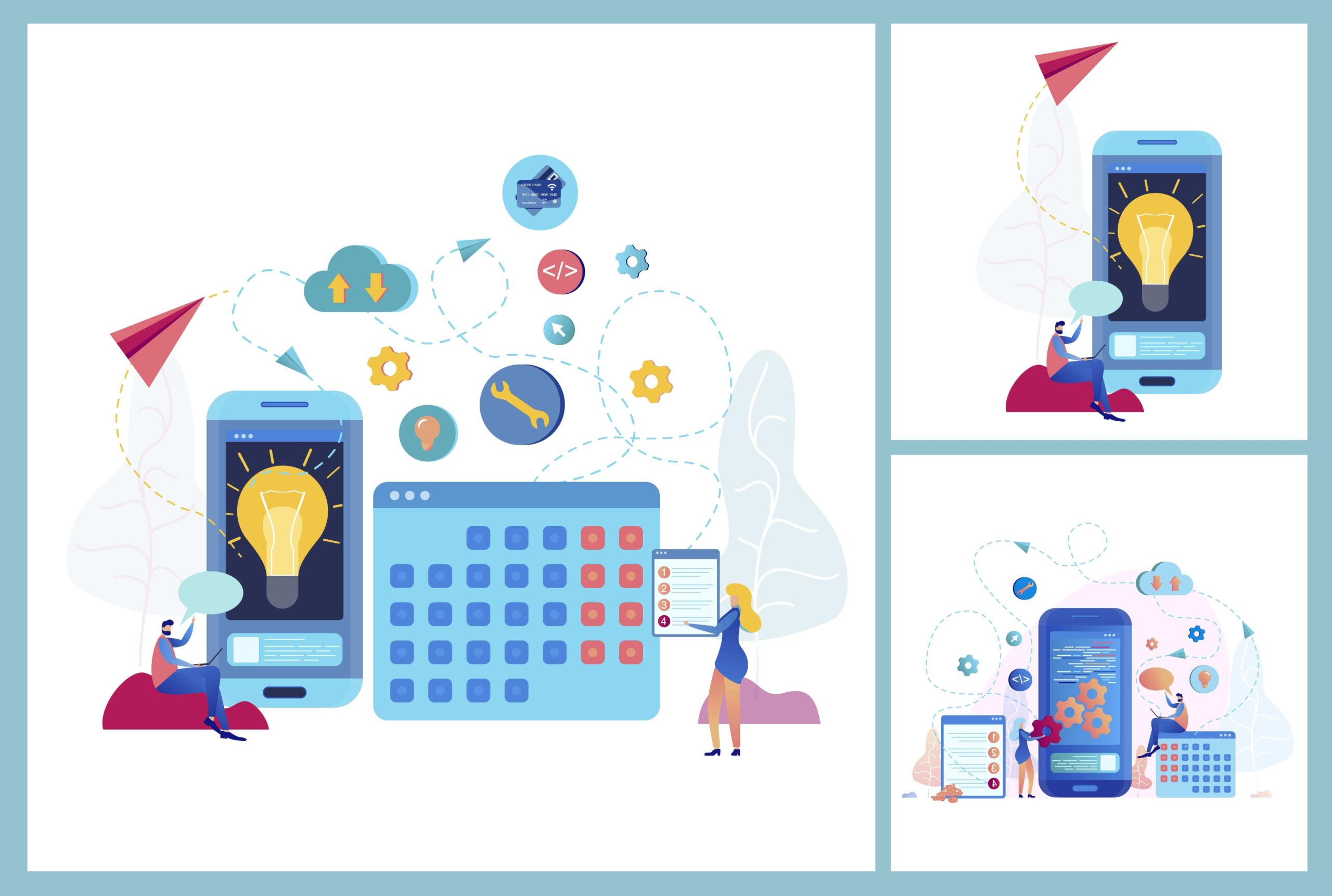Geofencing software is a useful tool that has fundamentally altered how companies connect with their clients and conduct business. Establishing virtual boundaries around particular locations allows businesses to automate responses or notifications whenever a user’s device enters or exits designated areas. Numerous applications exist for this technique. The useful information and opportunities offered by geofencing can be utilized by businesses for a variety of initiatives, including customized promotions and targeted marketing campaigns, enhanced security measures, and efficient fleet management. They are able to better serve their consumers while streamlining their operations and improving every area of the customer experience.
Geofencing in Retail Marketing
Geofencing enables businesses to target customers inside a given geographic area with messages and offers. With the aid of GPS or RFID, this technology can virtually enclose a physical space like a store or shopping mall. The business can use the customer’s mobile device to offer them personalized notifications and promotions when they enter this restricted region. Retail marketers can use geofencing to reach customers in real time and encourage foot traffic to physical locations. Retailers are able to interact with customers at the appropriate time and location, giving them experiences that are pertinent to them and unique to them. This can ultimately lead to an increase in sales and client loyalty.
Benefits of Geofencing Software in Retail Marketing
Geofencing software plays a crucial part in retail marketing by leveraging location-based technologies to give customers targeted and customized experiences. Using geofencing software in retail marketing offers the benefits listed below:
1. Targeted Advertising
Geofencing enables businesses to draw virtual lines around particular places, such as their own stores or those of rival businesses. The software can send users’ mobile devices targeted adverts or notifications as they enter or leave these boundaries. Retailers can now reach out to potential customers with marketing communications that are both highly relevant and timely.
2. Increased Foot Traffic
Geofencing software can increase foot traffic by sending customized offers or promotions to customers who are close to a real business. Retailers may encourage customers to visit and make a purchase by, for example, providing discounts or special offers to those who are nearby their establishments.
3. Personalized Customer Experiences
By using geofencing technologies, companies may customize their offerings to each individual customer’s location. When customers are close to particular product displays or departments within the store, retailers can send them targeted recommendations, deals, or product information, improving their shopping experience.
4. Competitor Analysis
Geofencing software can also be used to track client movements and actions at rival businesses. Retailers may learn more about consumer preferences, assess the success of their marketing initiatives, and decide with knowledge where to locate their stores, where to put their products, and what to charge for them.
5. Location-Based Loyalty Programs
Geofencing software can be integrated with location-based loyalty programs, enabling merchants to offer rewards to customers who visit their stores or particular locations inside. Customers that enter designated area, for instance, can receive rewards points or special discounts, promoting return visits and growing consumer loyalty.
6. Enhanced Customer Engagement
Using geofencing software, businesses may interact with clients in real time based on where they are. Sending alerts about events, flash sales, or limited-time deals is one example of this. Retailers may engage customers and inspire quick action by giving them pertinent and time-sensitive information.
7. Data-driven Insights
Geofencing software offers useful information on consumer behavior, including patterns of foot traffic, frequency of visits, and dwell time. In order to better marketing efforts, optimize shop layouts, and make data-driven decisions that will improve overall business performance, retailers can use these data to get insights into customer preferences.
Conclusion
In conclusion, geofencing is a powerful tool that merchants can utilize to improve their marketing plans and interact with their clients in a more focused and customized way. Retailers can provide location-specific messaging to customers’ cell phones and deliver personalized promotions, incentives, and information about goods and services by creating virtual borders around physical locations. The use of geofencing by retailers increases the likelihood that a conversion will occur and increases foot traffic to their stores by allowing them to reach their customers at the ideal time and location. However, it is critical to utilize geofencing responsibly and with consideration, respecting customers’ privacy and giving them the choice to opt out of receiving location-based marketing messages. Overall, geofencing is a useful tool for businesses trying to build deep relationships with their clients and give them a unique and enjoyable buying experience.




